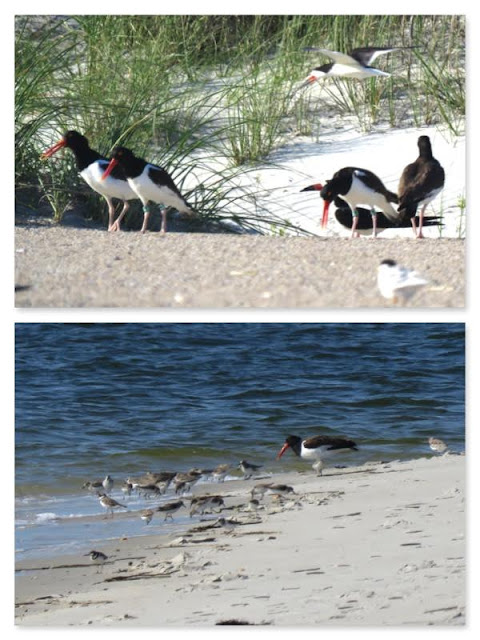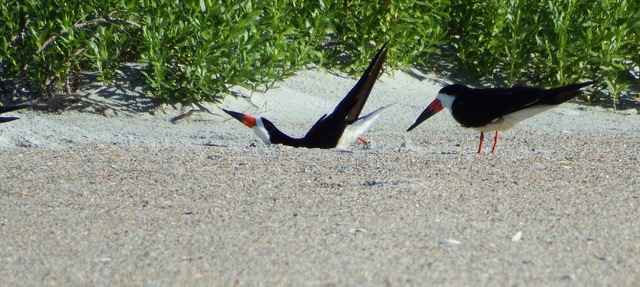(article from Cape Fear Audubon Society's Spring 2017 newsletter, The Skimmer)
Robert Oliver Snowden is a student doing some interesting research on the Least Tern,
for his Graduate Thesis. Robert’s hometown is Eugene Oregon and he got his undergraduate
degree from The University of Puget Sound, Tacoma Washington. He received his Bachelor
of Science degree in 2012. He is now doing his research in the Biology department under Dr.
Raymond Danner, a fairly new ornithologist at UNCW.

Robert wants to understand the nesting behavior of the Least Tern and to do this; he
has devised a unique method. Using a 3D printer he replicated a Least Tern egg. Actually he
created many exact replicas of the egg. An individual “fake” egg is made of bio-degradable
plastic and is the correct size and shape of the Least Tern egg. The eggs are painted to
replicate the Least Tern’s egg. He has placed a temperature sensor inside each egg which is
capable of recording thousands of data points. The temperature is recorded every 3 minutes
along with date and time. With the help of our Lindsay Addison, he placed eggs in 10 nests
at the south end of Wrightsville Beach and plans to place some more
The fake eggs are now in place and he reports that the Terns are sitting on eggs OK so
far. He is also spending time at the beach monitoring the activity of the nesting Terns. He
will be able to correlate this activity with the egg data.
He has also arranged to get the environmental data for the beach area where he has the
eggs, i.e. the temperature, wind etc. and will also correlate this data along with the other
data. He will remove the fake eggs after the real eggs hatch and there are chicks.

Least Tern nest with Fake Logger egg.
Which one is it?

































































